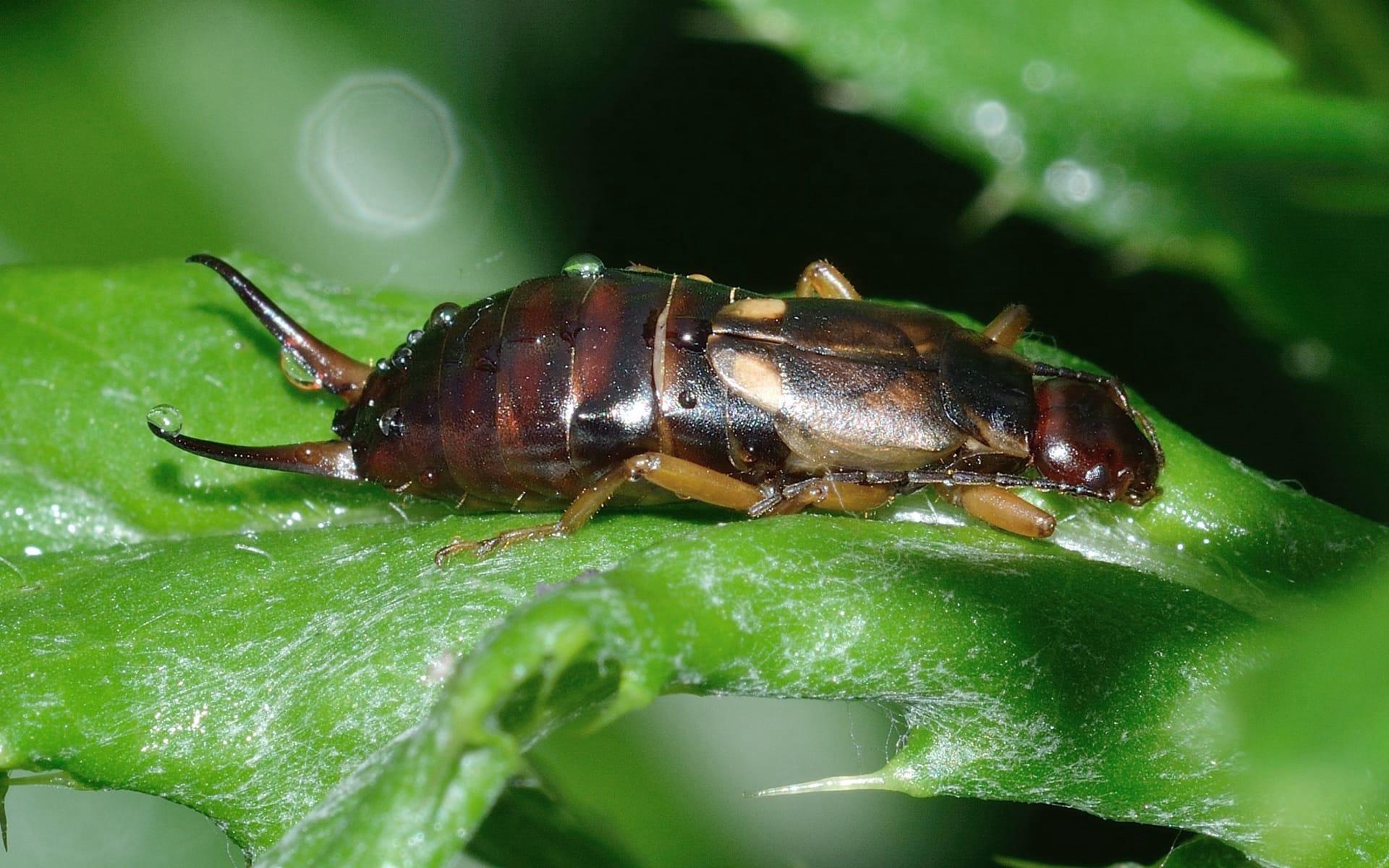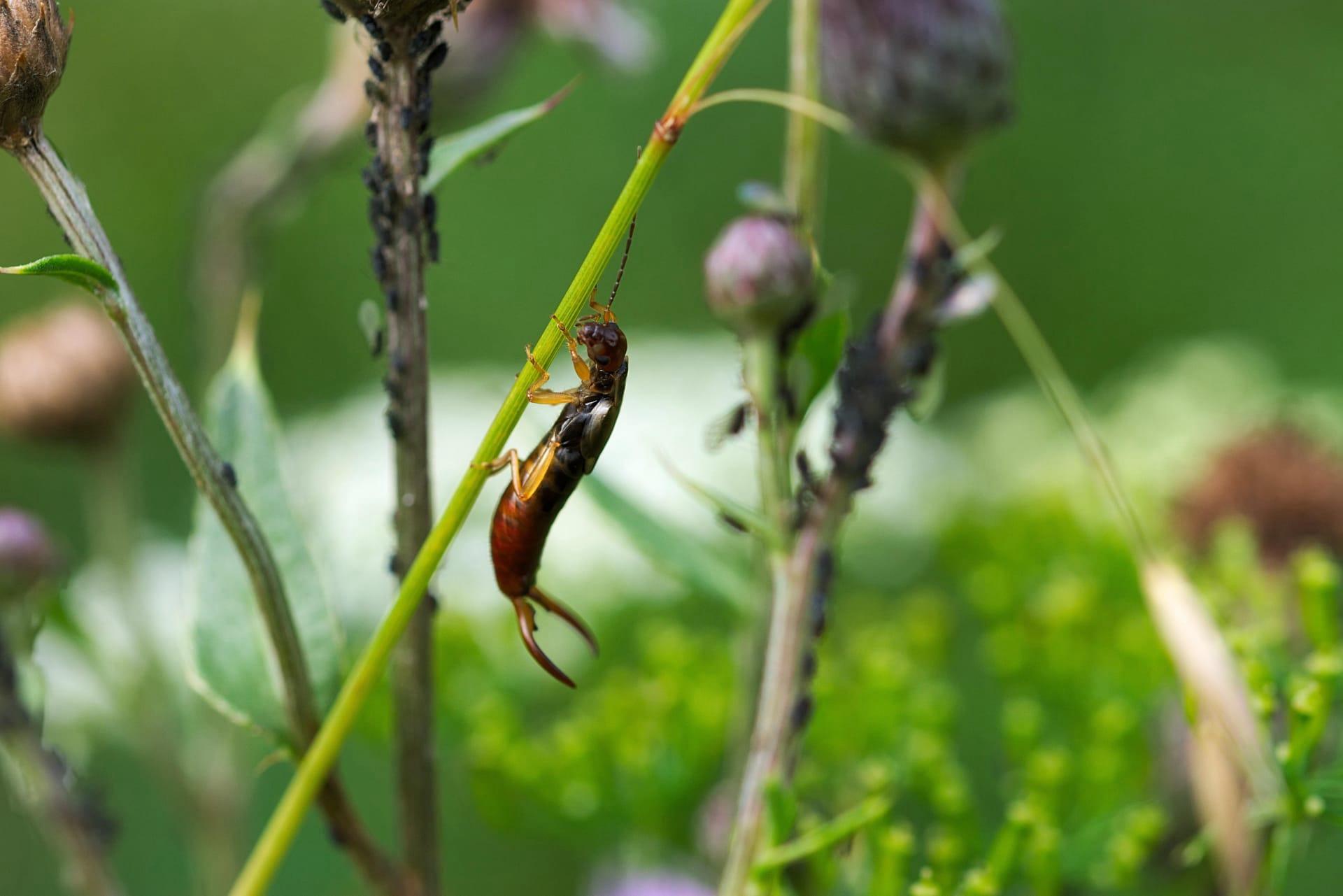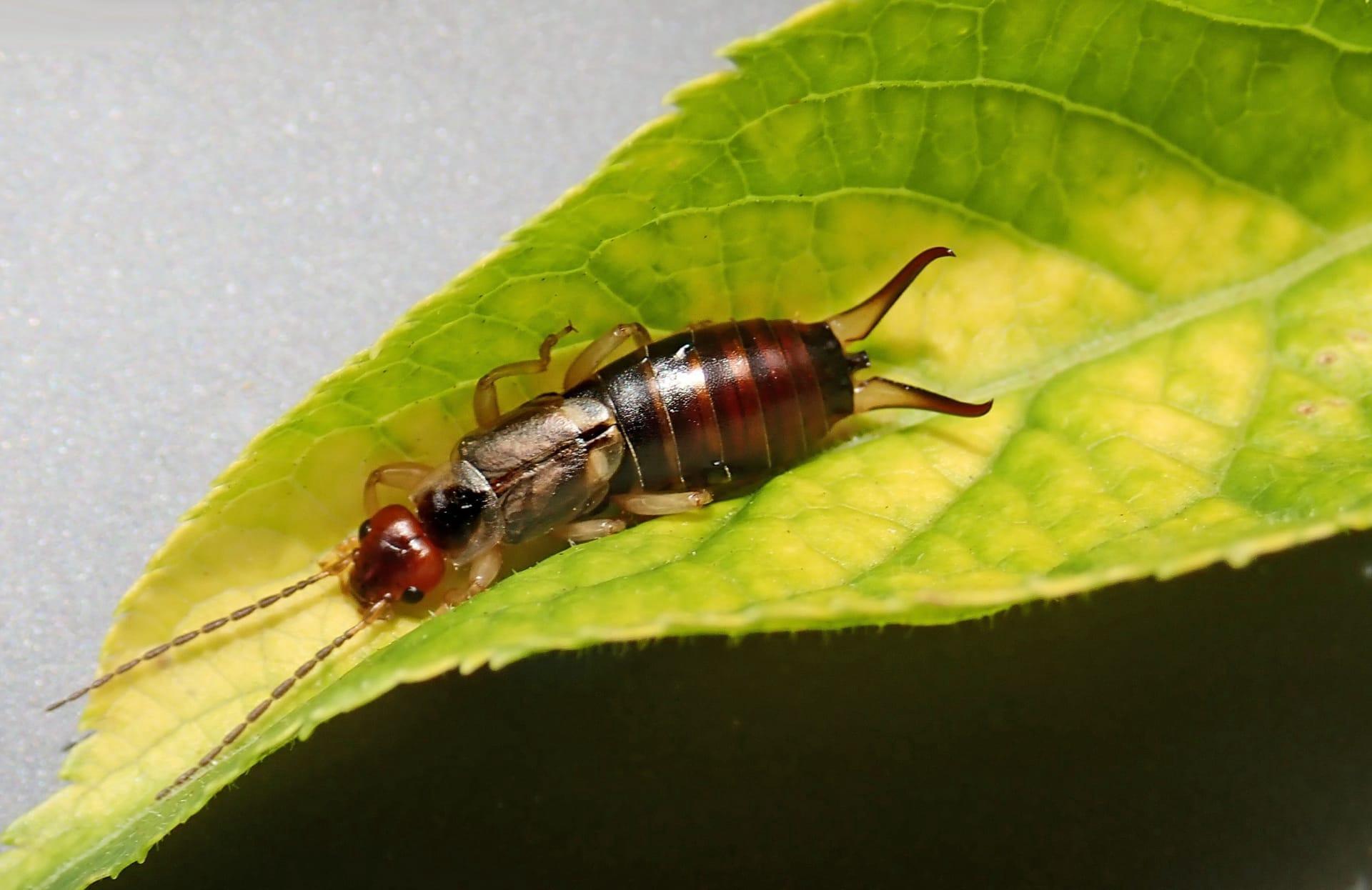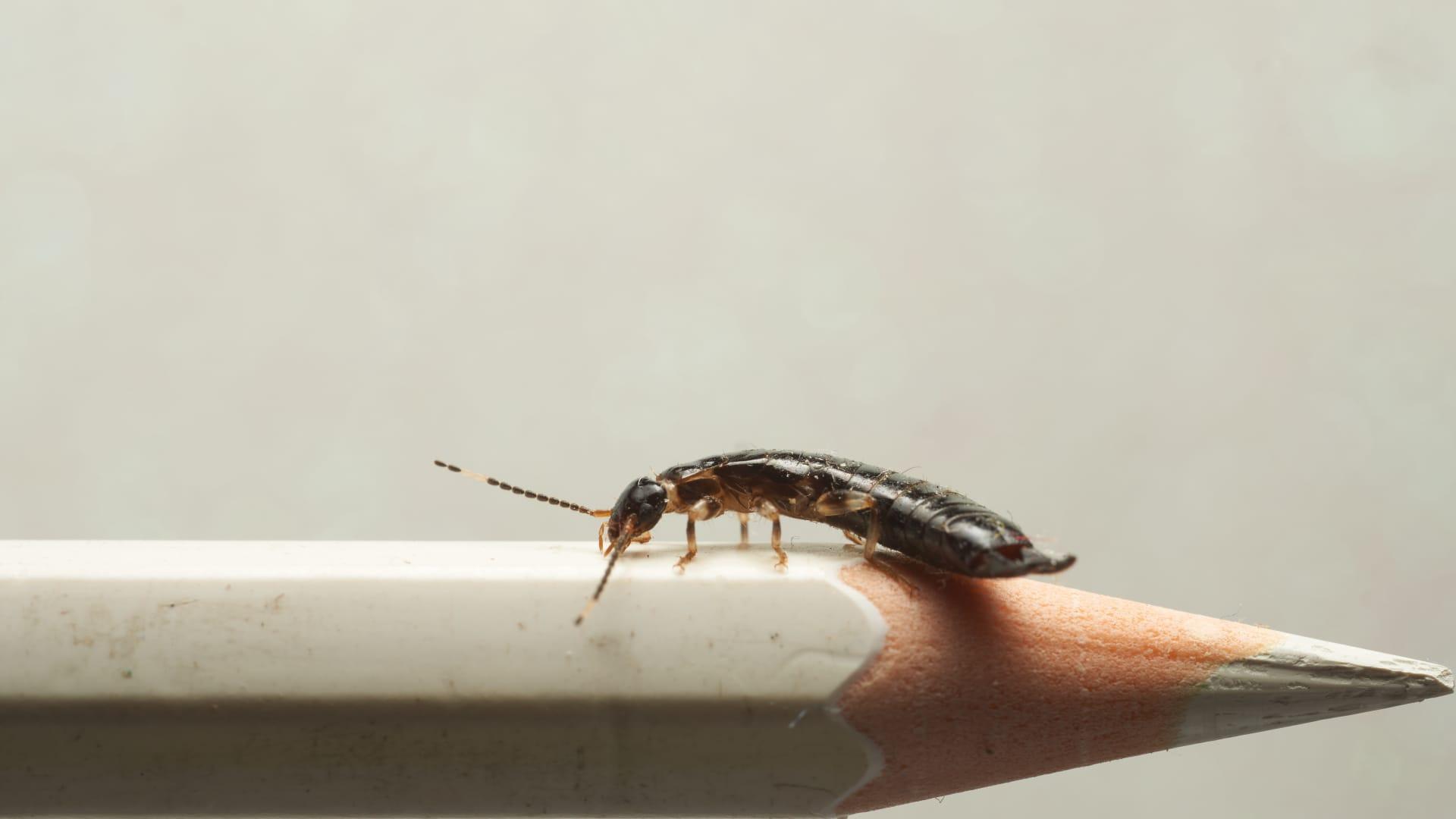Earwig Bug Characteristics
- Home /
- Mini Encyclopedia /
- Animal /
- Earwig Bug Characteristics
1
Earwig bugs, known scientifically as Dermaptera, are fascinating creatures with some unique physical characteristics. These insects typically measure about 5 to 50 millimeters in length, which is roughly the size of a small paperclip to about two inches. One of their most distinctive features is their elongated bodies, which are flat and flexible, allowing them to sneak into tight crevices. Earwigs have a lifespan that varies depending on the species, but on average, they live for about one year. During this time, they go through several stages of development, from egg to nymph to adult.
The most notable organ of an earwig is undoubtedly its forceps-like pincers, or cerci, located at the end of its abdomen. These pincers are quite prominent and vary in size and curvature between species. In males, they tend to be larger and more curved, while females have straighter, smaller pincers. These cerci serve multiple purposes: defense against predators, as a tool for capturing prey, and during mating rituals. The force and precision with which earwigs can use these pincers are quite remarkable, making them a key feature in their survival and reproductive strategies.

2
Question: Do earwigs really crawl into human ears?
Answer: One of the most common myths about earwigs is that they crawl into human ears to lay eggs. This idea is more fiction than fact. Earwigs do seek out warm, humid environments, but there's no evidence to suggest a preference for human ears. The ear canal doesn’t provide a suitable environment for earwig survival or reproduction. This misconception likely arises from the earwig's name and its habit of hiding in dark, tight spaces. So, while it's technically possible for an earwig to end up in a human ear, it's extremely rare and not a behavior typical of these insects.

3
Earwigs are known for their unique movement characteristics. They are primarily nocturnal and tend to move quickly when disturbed. Earwigs are not the best fliers; while they have wings, they rarely use them, preferring to run to their destinations. Their movement is characterized by a rapid, scuttling gait, enabling them to escape predators and move swiftly between hiding spots.
When it comes to feeding, earwigs are omnivores with a diverse diet. They primarily feed on a wide range of plant materials, including leaves, flowers, and fruits, as well as a variety of insects and decaying organic matter. This diet varies based on the earwig's habitat and the availability of food sources. Their feeding habits play a significant role in the ecosystem, as they help in the decomposition of plant and animal matter and also act as natural pest controllers by consuming other insects.

4
Earwigs thrive in a variety of environments, but they are most commonly found in moist, humid areas. They favor dark, damp places such as under rocks, logs, or leaf litter. Gardens, fields, and forests are common habitats for these insects. Their preference for moisture often brings them into conflict with humans when they enter homes in search of damp conditions.
The reproduction process of earwigs is quite unique among insects. Females lay eggs in underground nests and exhibit maternal care, which is rare in the insect world. They guard and clean the eggs to prevent fungal growth and protect them from predators. After the nymphs hatch, the mother continues to care for them until they are able to fend for themselves. This level of parental care is unusual and highlights the complex social behaviors of earwigs.

5
Book: "The Earwig's Tail: A Modern Bestiary of Multi-legged Legends" by May R. Berenbaum (United States, 2009). This engaging book, written by an entomologist, explores the myths and realities of earwigs and other insects. Berenbaum uses earwigs as a starting point to delve into the fascinating world of insects, debunking common misconceptions while providing a humorous and educational read.
Book: "Insects of the World" by Walter Linsenmaier (Switzerland, 1972). While this book covers a broad range of insects, it provides valuable insights into the world of earwigs. Linsenmaier, a renowned entomologist, presents detailed illustrations and descriptions of various insect species, including earwigs, offering readers an in-depth look at their anatomy, behavior, and habitat.